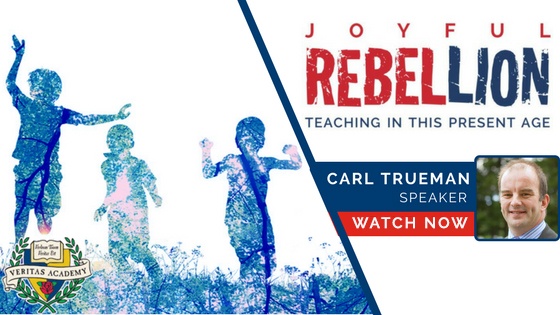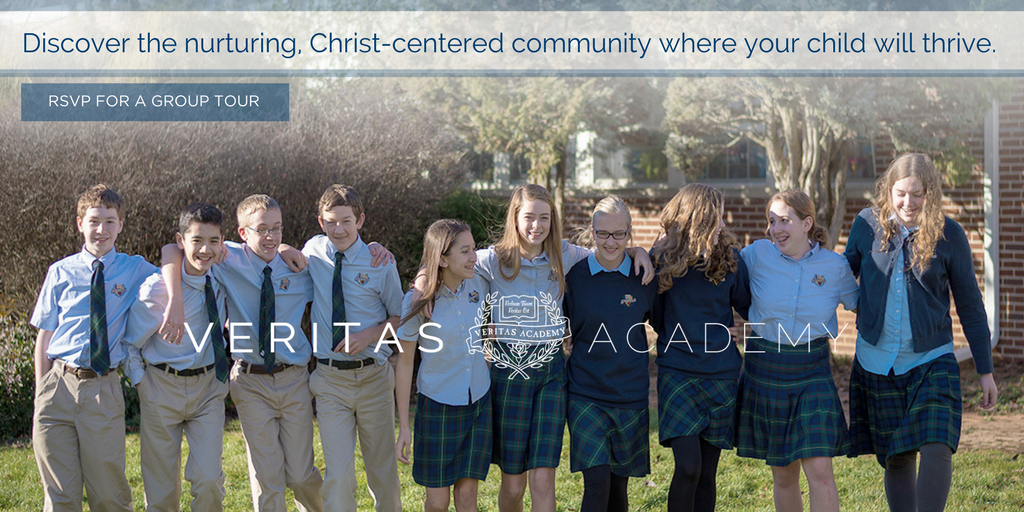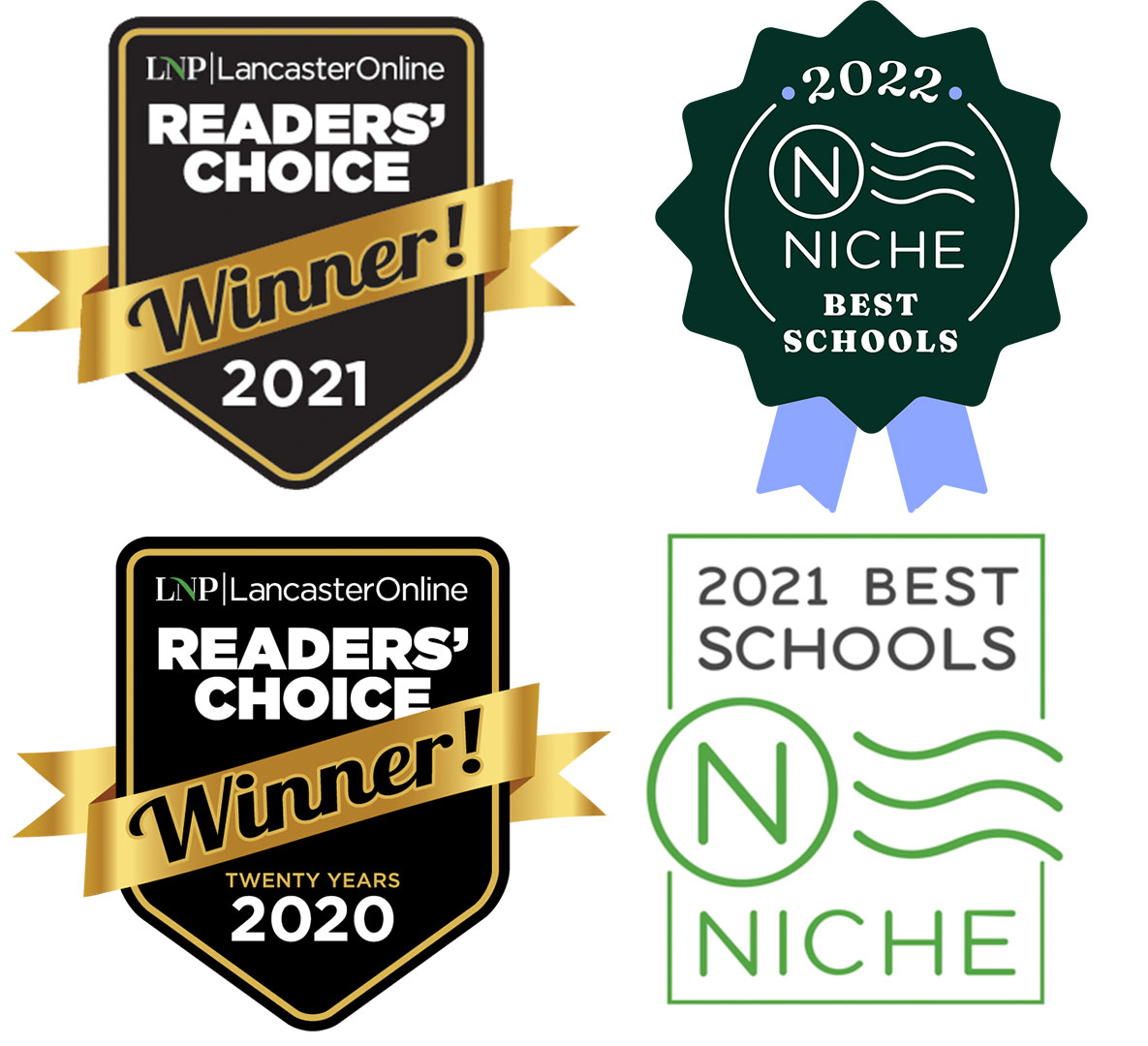 Recently, the federal government passed substantial changes to the US tax code. These changes are beginning to reverberate through society. The impact of some of these changes will not be fully felt for a few years, but one change has garnered a lot of attention in and around private schools. The tax bill expanded how funds invested in 529 accounts can be used to fund K-12 private school tuition.
Recently, the federal government passed substantial changes to the US tax code. These changes are beginning to reverberate through society. The impact of some of these changes will not be fully felt for a few years, but one change has garnered a lot of attention in and around private schools. The tax bill expanded how funds invested in 529 accounts can be used to fund K-12 private school tuition.
I wanted to write to let you know how these changes might impact your family as you consider your financing options for private education. Here are three questions that you should understand:
1. What is a 529?
2. What changes have been made to 529s that impact PA private school parents?
A 529 is an account that allows parents to save and invest money on behalf of a child for the purpose of education. Money in a 529 account is invested. Each state has laws about 529s for their state, but often states allow parents to invest in 529s sponsored by other states. The money that you contribute to a 529 is not tax deductible, but the growth of the funds invested in a 529 is tax free. This means that the money in a 529 is a lot like money invested in a Roth IRA.
 So, there is a great blessing in 529s - tax free growth - but there are also restrictions. The biggest restriction is that all money invested in 529s MUST be spent on education. You cannot remove it to use it for other purposes without paying a penalty. The good news is that you can transfer funds to other 529s for another child, or grandchild.
So, there is a great blessing in 529s - tax free growth - but there are also restrictions. The biggest restriction is that all money invested in 529s MUST be spent on education. You cannot remove it to use it for other purposes without paying a penalty. The good news is that you can transfer funds to other 529s for another child, or grandchild.
If you choose to invest in a 529, make sure that you carefully consider the 529 that you choose. Some 529s limit the investment options that you have; others allow for more diversity. Also, some states sponsor 529s that are pre-paid tuition plans. These plans limit the number of schools where your child can use the funds (prepaid plans are typically aimed at colleges within a particular state). Make sure that you know the limits and restrictions, but tax-free growth is still a wonderful thing!
The big change is simply this: formerly funds in 529s could only be used for post-secondary education, but now the funds can be used for K-12 private education.
There are some challenges. First, remember that the impact of investment builds over time. Compound interest takes time. That means that 529s have more time to grow before your child reaches college than they do before your child reaches kindergarten. Less time means less time for growth. Also, understand that there is no guarantee that the value of your investments is going to go up every year. You could invest and watch your invested money shrink. Still, historically, money invested wisely has grown and grown significantly over time. And, like I said, tax free growth is wonderful.
How can your family maximize the impact of a 529 for K-12 tuition? I understand that everyone is not going to have funds to spare to invest in 529 accounts, but here are some creative ways that you might be able to make a 529 account part of funding your child’s education at Veritas and in college. Here are a few creative ideas (all of these examples assume an 8% rate of growth annually):
1. Start young...very young.
Investments need time to grow. Consider setting up a 529 for your child as soon as they are born. If you do, you give time for the investment to grow 5 years before your child starts Kindergarten. If your annual rate of return is 8% over that time and if you put in $200 each month, you will have earned about $2800 in interest that can be used for education, and that money will be tax free. Good, but that won’t get you too far.
2. The accelerator of savings can add to the impact.
In the former example, you started a 529 with $0 and added $200 a month until your son or daughter is ready for Kindergarten. If you started the 529 with an initial investment of $10,000 when your child was born and then added $200 a month, the impact would increase substantially to more than $7,500 of tax free earnings by the start of Kindergarten.
 3. Grandparents can be game changers.
3. Grandparents can be game changers.
Often, young parents are still growing in their earning potential. If grandparents would like to commit to helping their grandchildren attend Veritas, the 529 can be an excellent instrument for doing so. If a grandparent starts a 529 when a grandchild is born with an investment of $10,000 and gives $10,000 annually ($833 a month) into a 529 until the child is 5 years old, then the total amount of funds in the 529 would be over $76,000 by the time the child entered Kindergarten, which – assuming an 8% annual return - would provide over $6100 of income per year. This means that $6100 of tuition could be paid at Veritas for all 13 years of the child’s K-12 education—even if there was no additional investment – and still leave a balance of $76,000 in the 529 (which could then be used to pay for college)! Now, that is a game changer! Remember, this analysis is based on the assumption of 8% growth. After this last year, 8% might seem conservative, but remember investments even in good mutual funds can go down in value—especially over short periods of time.
Find out more about how these new tax rules make private school education even more affordable in Pennsylvania.
If you want to start a conversation with your parents about how their investment in a 529 might be a game changer, here is an article that might help introduce the topic.
Please talk through these issues with an investment advisor to make sure that you find the 529 that it right for you.
Mike Stoltzfus is a CPA at Sauder and Stoltzfus and a member of Veritas Academy’s Leadership Circle.







